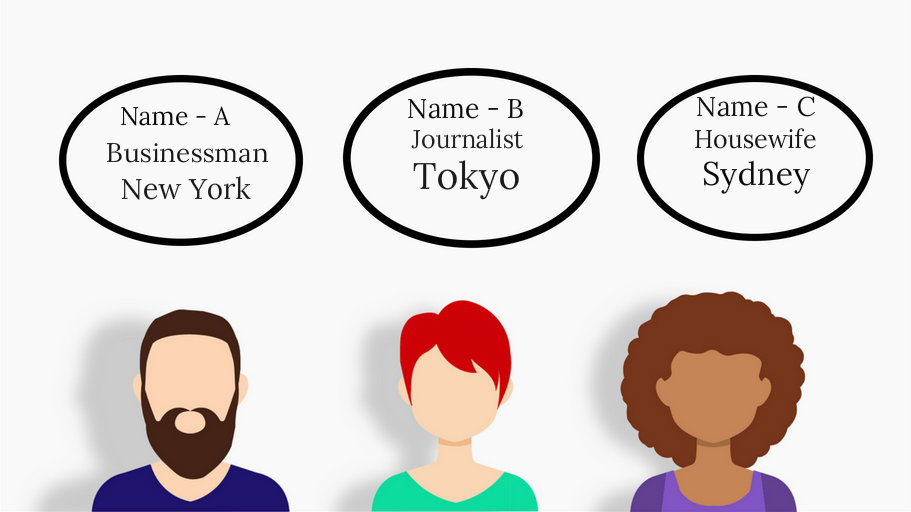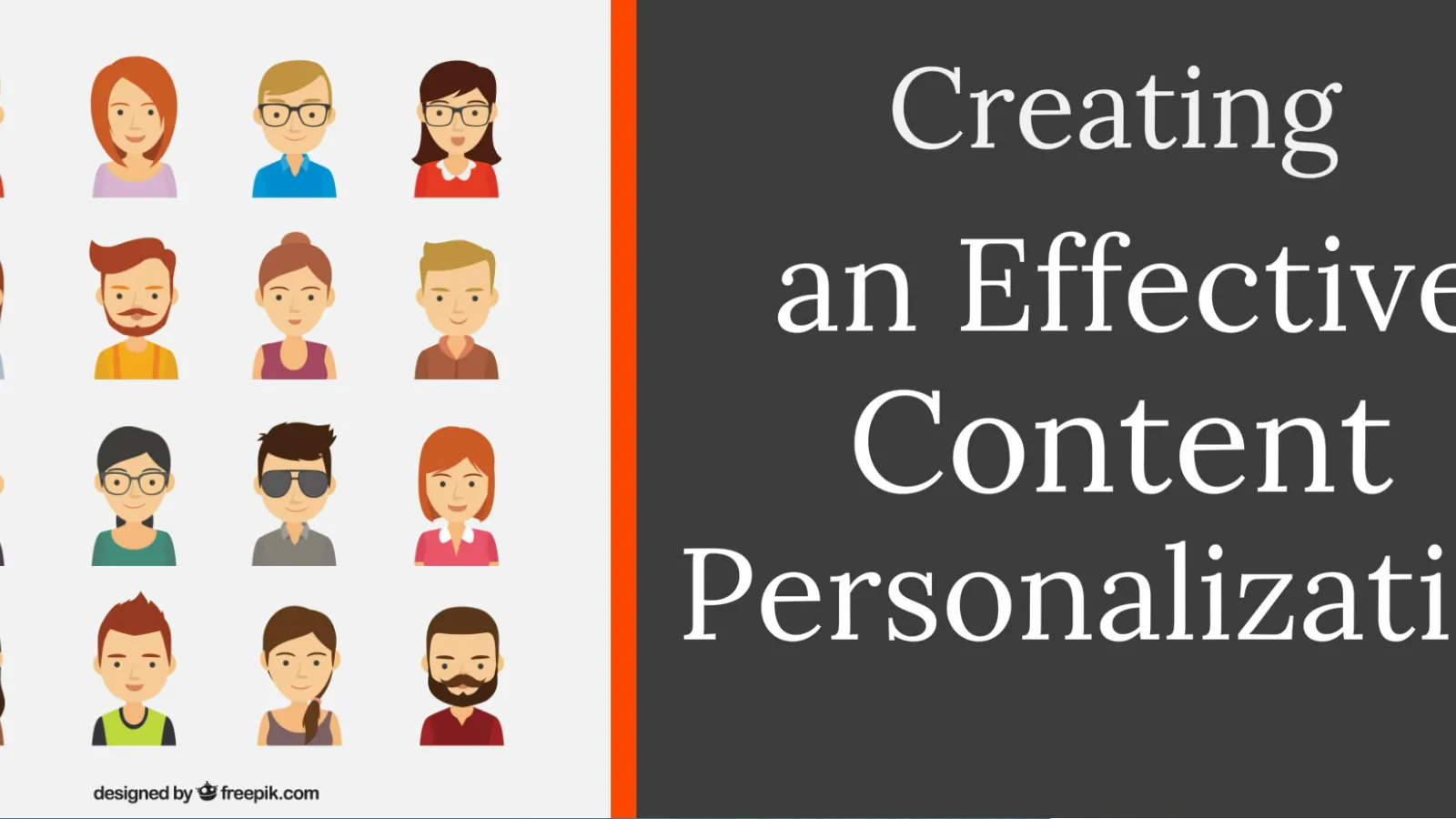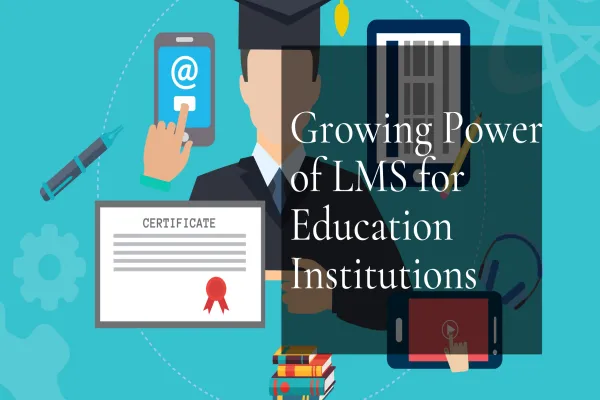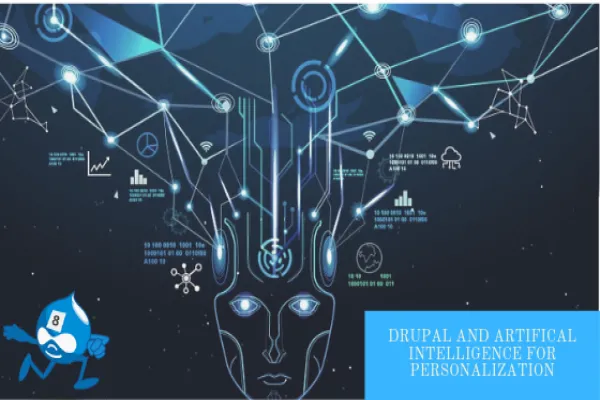Personalization isn’t a new concept. The creator and project lead of Drupal, Dries himself believes that “personalization and contextualization are becoming critical building blocks in the future of the web.’’ Let’s elaborate the concept of personalization first.
Personalization is the tailoring of web content to match the user priorities. This concept revolves around finding a suitable method to enable the content delivery to users based on their preference as well as past behavior. So what steps we can follow to achieve an effective content personalization? Let’s dive in.
Understand the Queries:
Firstly, it’s important to know - what your customers are expecting from you. This may involve primary as well as secondary research, followed by an in-depth analysis, to understand the queries. This will help in persuading the users that the content you’ve provided is relevant and has utmost importance. Undoubtedly, knowing these queries can play a significant role in shaping the content structure you plan for enhancing customer engagement on your website.
Know your Target Audience:
This is yet another step that helps you to offer personalized content that best matches to your customers demand. A website can have thousands of anonymous visitors with their different usage pattern depending on their behavior, context, history and, filtration. Therefore, identifying your target audience should be one of the fundamental steps you must follow to achieve better content personalization goal.
Sort out your content types:
The next step is to sort out the content types according to the needs of the users individually. Let’s take an example.
Let’s assume, we have three users, say - A, B and, C. All these users have their own individual priorities and histories. Some amongst them may be accessing the content on a mobile while others on the web. And perhaps one may be interested in online shopping, others may like daily updates over your site and so on.

So, what do we do? All we need here is to classify the content according to consumer needs with the right personalization tools and align it to the portal accordingly.
Develop a Content Strategy:
Now, that you have a fair idea about your target audience and their personas, devise a strategy to map the contents of your portal. This must be based on the defined customer persona, content categorization and the user experience on your website. The content should be engaging to hook customers. Otherwise, an irrelevant or boring content can stifle their interest resulting in higher bounce rate.
Analyze the Market and Competition:
In the growing competition, it’s important to closely watch your competitors and monitor their activities regularly. Conducting a regular analysis helps you to find out what your competitors are doing to enhance brand awareness and generate new leads. Further, this activity should reflect on your strategy too. Here, a detailed market research can be used to develop and adopt more powerful optimization tools. Eventually, adopting these robust tools will help you in enhancing customer engagement and staying ahead.
Optimizing User Experience with Content Personalization
As discussed, there are various steps to be followed for an effective content personalization. Also, the scope of this has become wider with a host of options available in the market today based on various recommendations. Let’s have a look.
Web Analytics Integrated Personalization:
- Adobe Target: Adobe Target enables you to deliver a personalized content based on real-time data. It automates the targeting process in order to reduce workload while enhancing conversions.
- Google Optimize: Google optimize allows multivariate testing of your website to deliver a personalized experience to all customers and businesses. It can seamlessly integrate with Google Analytics and Bigquery, visual editing, experiment management, etc.
SaaS Tools for E-Commerce Personalization:
- Bunting Personalization: Bunting helps in setting up personalized content that targets right visitors at the right time in their journey across channels and various touchpoints.
- Apptus: Apptus combines big data and machine learning to constantly enable your e-commerce site’s exposure strategies, sales performance while minimizing the costs to drive organizational efficiency.
Personalization as a part of Web Development Platforms:
- Magento: It is an open source e-commerce platform comes with various extensions for personalization such as UNBXD and Commerce Stack.
- Episerver: Episerver’s intelligent personalization feature adapts to change visitor patterns and campaigns to allow automatic recommendations.
- Acquia Lift: Lift merges anonymous and known visitor profiles by adaptively segmenting your content in real-time. It can be implemented using Drupal’s Acquia Lift Connector module.
Tools for Marketing Automation and Personalization:
- Evergage: Evergage tracks all real-time interactions with your webpage to deliver a maximally relevant individualized experience. It comes with features such as A/B testing, cloud-based optimization, etc.
- Sitespect Personalization: Sitespect helps companies deliver enhanced, personalized and engaging experience to site visitors.
- Lytics Personalization: Using its unified customer profiles, Lytics helps you to personalize all your data. It targets visitors and combines intent data and your site’s behavioral and demographic data for a better experience.
- Blueconic: Blueconic is a Customer Data Platform (CDP) that helps to translate customer insights into a personalized communication method by creating a dynamic profile of each customer. It quickly enhances all customer profiles and helps easy delivery of cross-channel personalization to drive perfect customer interaction.
Enterprise level Business Personalization tools:
- Oracle Eloqua Personalization: Oracle Eloqua equips marketers with lead campaign management tools that help marketers engage the right audience at the right time in the buyer's journey while providing real-time insights.
- Monetate: Monetate includes various options for personalization such as A/B testing, multivariate testing, targeting and segmentation, individualized real-time personalization, etc.
To sum up, digital innovation is taking power in this rapidly progressing market which makes it obligatory for firms to strategize their game plan accordingly. Using right tools and steps to personalize your content helps to enhance the user experience globally. It is also playing a vital role for businesses in expanding their B2B relations and even invoking user trust.
Working on a new project? Get in touch with our Drupal experts today for a hassle-free web development.
Image Credits:
https://www.freepik.com/
https://pixabay.com/





